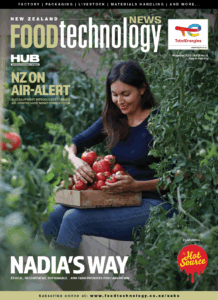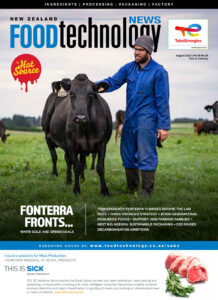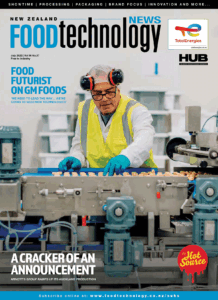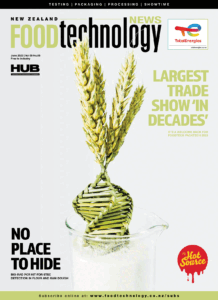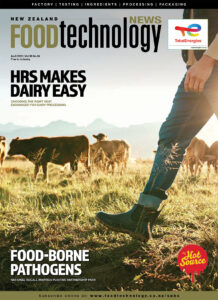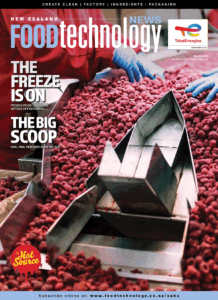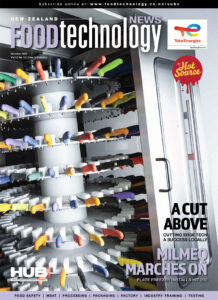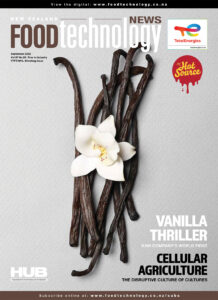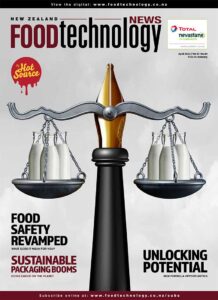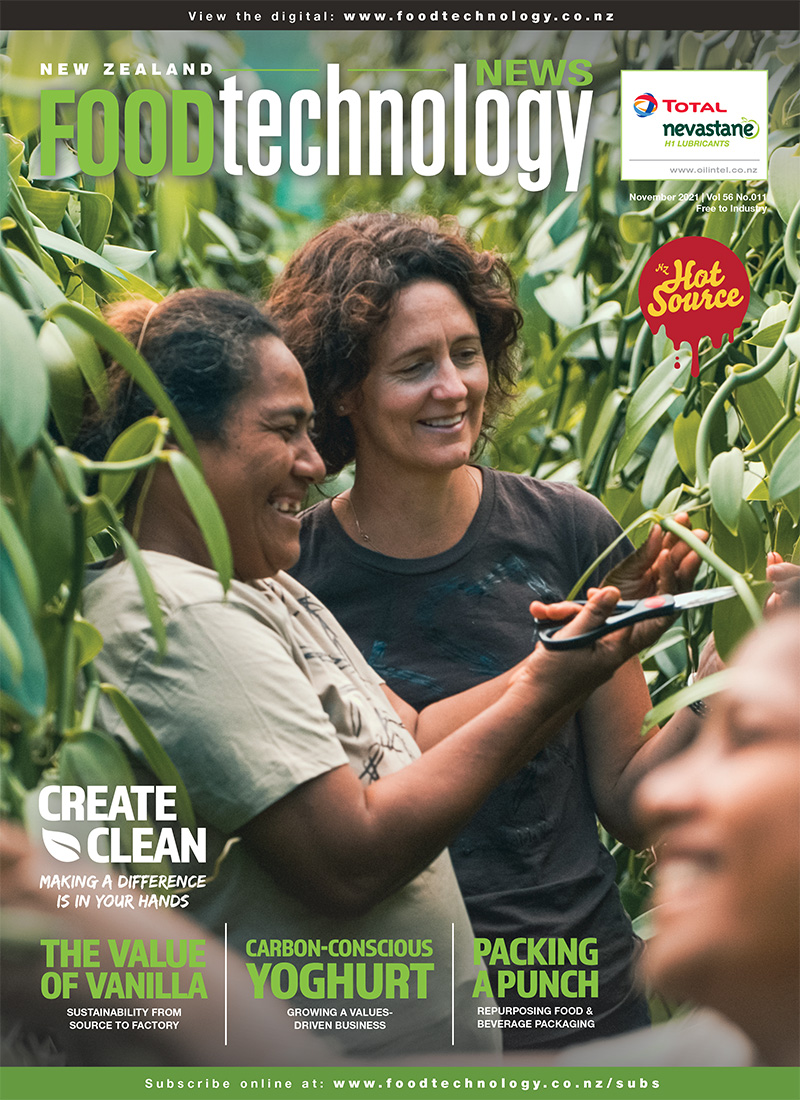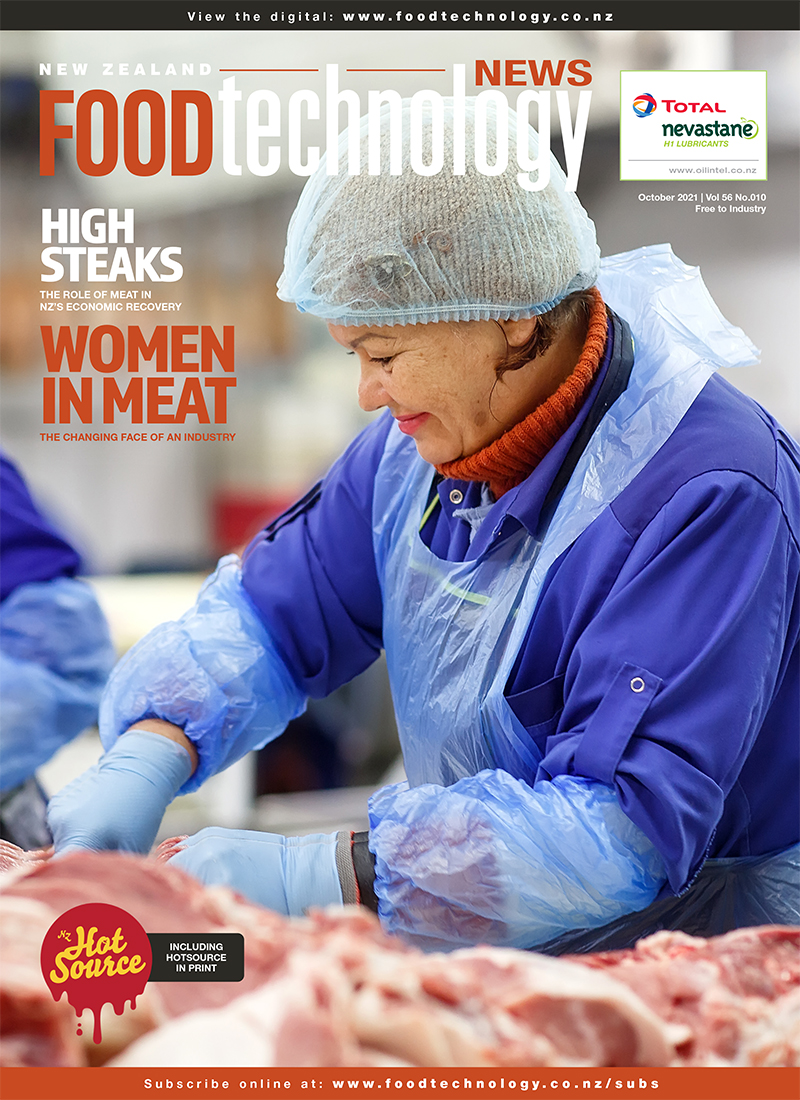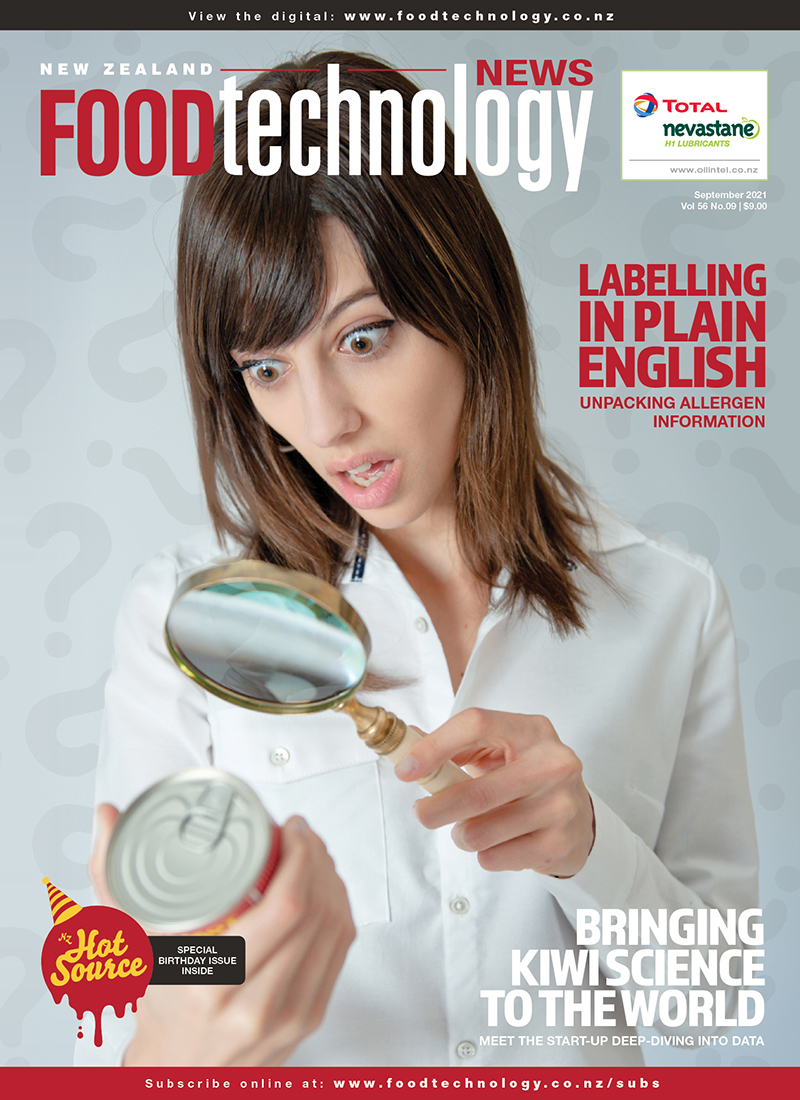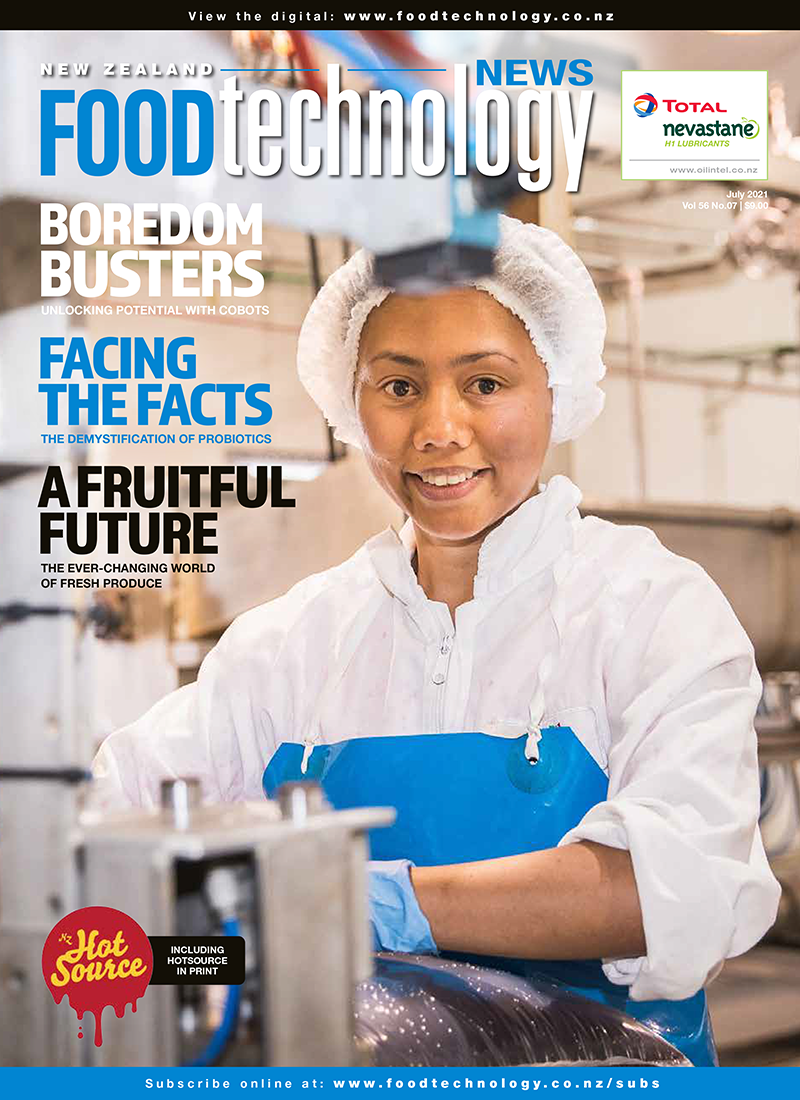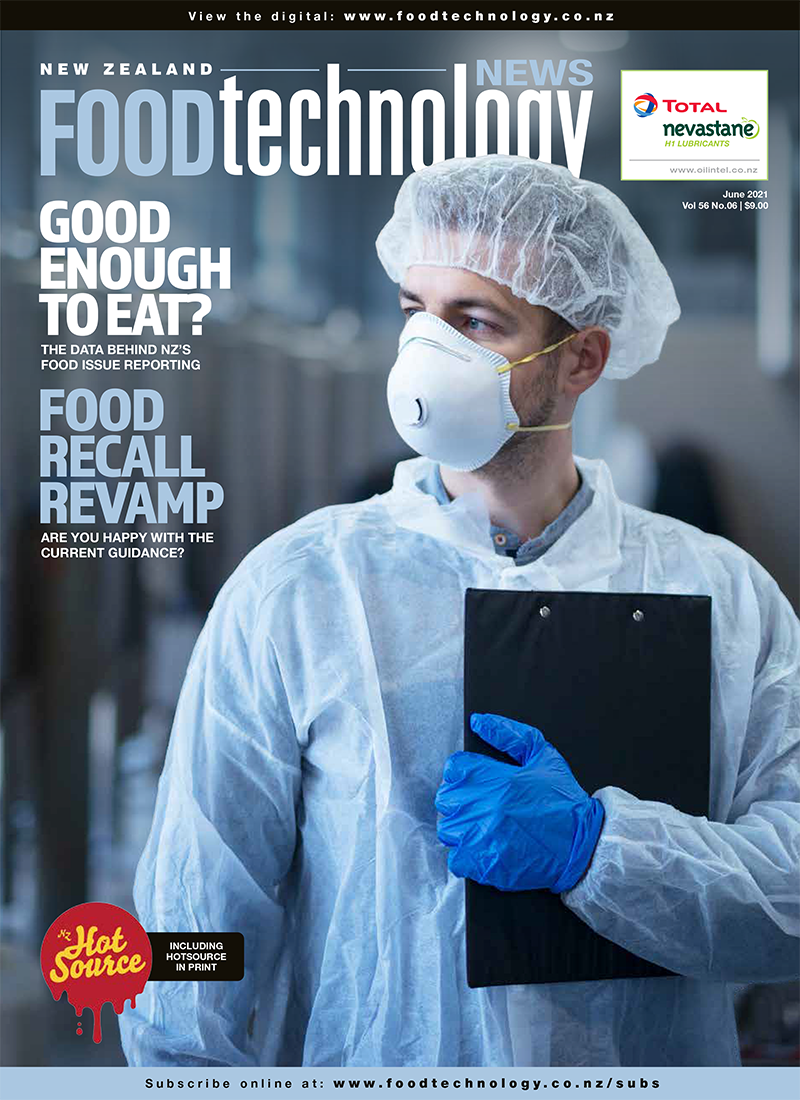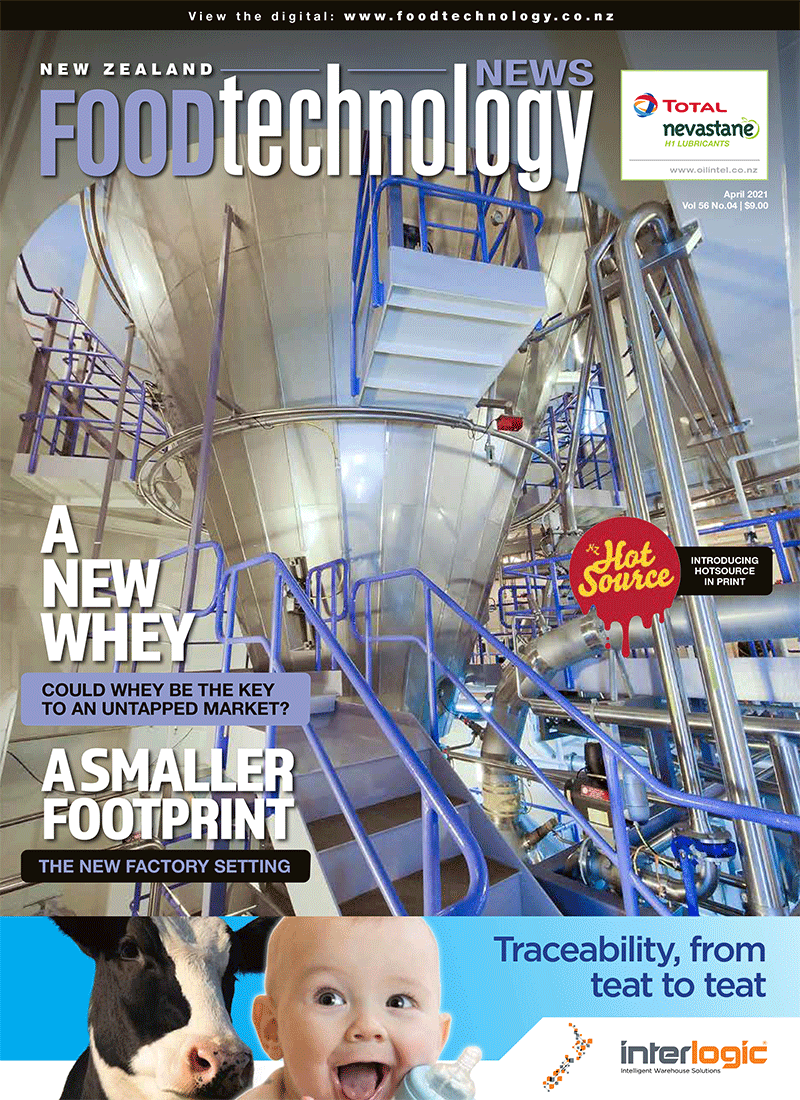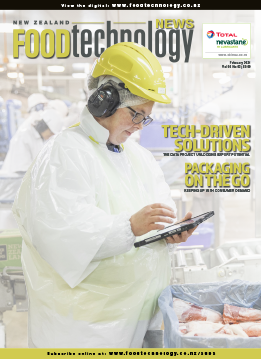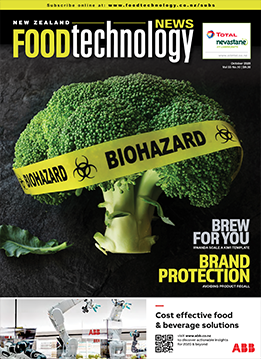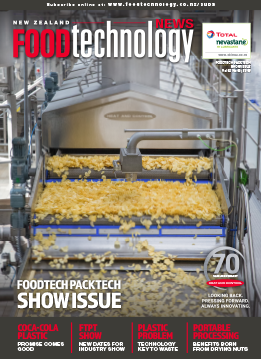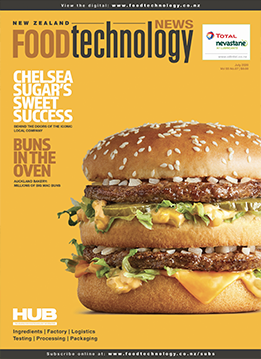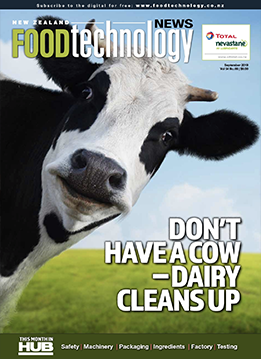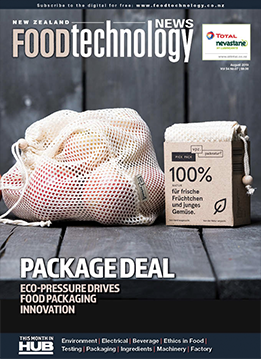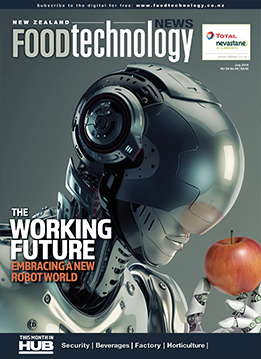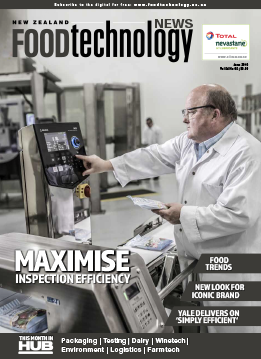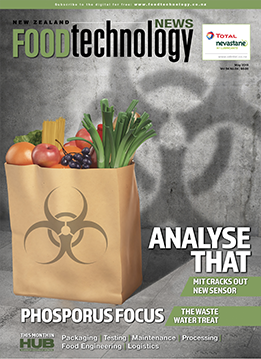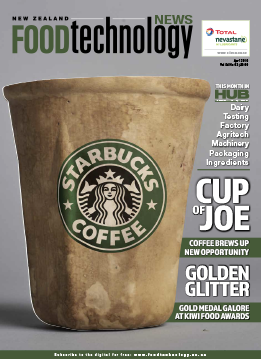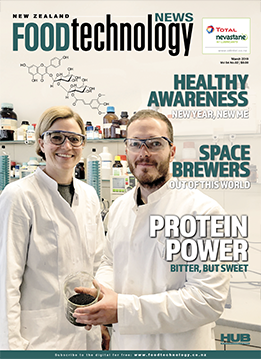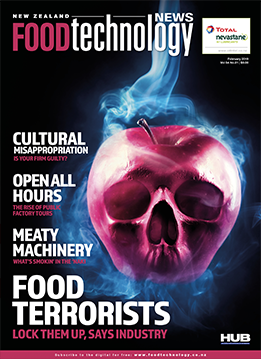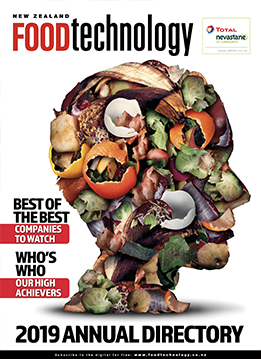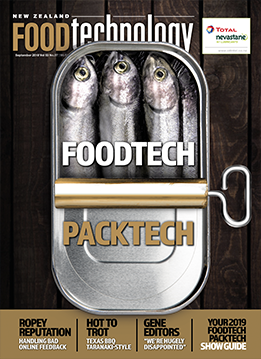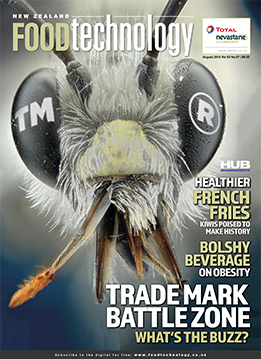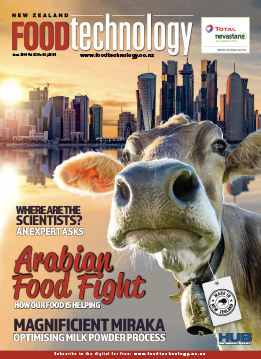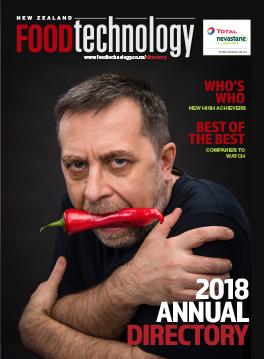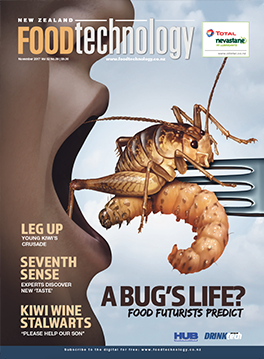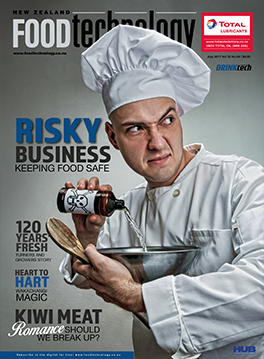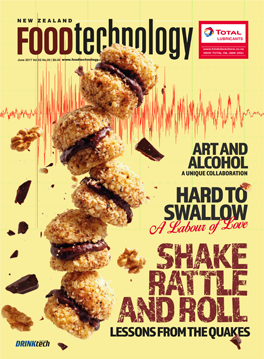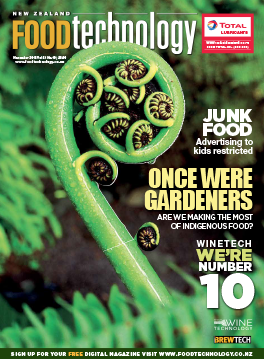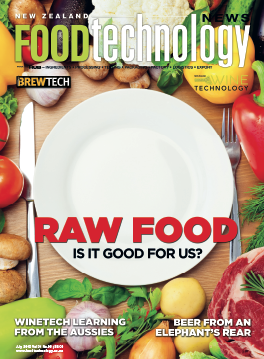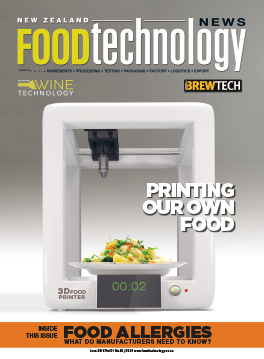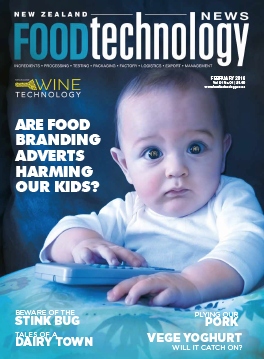 Walmart has awarded $US2.3m to the University of Arkansas to fund projects involved the poultry industry in China. The conglomerate’s foundation has asked researchers to collect foodborne pathogens and antibiotic samples in poultry products, and provide a risk assessment model for universities, organisations and companies worldwide to improve food safety and supply chains.
Walmart has awarded $US2.3m to the University of Arkansas to fund projects involved the poultry industry in China. The conglomerate’s foundation has asked researchers to collect foodborne pathogens and antibiotic samples in poultry products, and provide a risk assessment model for universities, organisations and companies worldwide to improve food safety and supply chains.
The company also wants to create a ‘farm-to-table’ risk assessment strategy. University chancellor Joseph Steinmetz says his researchers will be working with the Walmart Food Safety Collaboration Center in Beijing to analyse the causes and prevention of foodborne illness in the Chinese supply chain. “We are honoured to be partners in this vitally important project, and for the opportunity to reduce the instances of foodborne illness among Chinese people.” China is the second largest producer of poultry meat and eggs, and 70% of foodborne bacterial infections in humans are caused by Salmonella.
The University will work with three regional poultry companies to improve infield rapid detection technology and risk assessment models, as well as three universities, one research institute, a food test and inspection lab, and three poultry companies – using blockchain technology to generate transparency and efficiency in supply chain record-keeping.
Walmart recently partnered with IBM and Tsinghua University to improve the way food is tracked, transported and sold to consumers across China. The company has also collaborated with the Massachusetts Institute of Technology to develop predictive risk models to proactively manage risks related to contamination in Chinese supply chains.
MIT Professor Retsef Levi says the team will focus on safety risks in core primary supply chains, particularly economically motivated adulteration. “Food supply chains are often under economic pressure because of a range of factors, including weather effects, epidemics like the avian flu, competitive pressure, and pricing dynamics,” Levi says. “These pressures could create situations in which firms and individuals could benefit financially from adulterating food ingredients and products, risking the health of consumers,” he says. “The overall message is that food supply chain structures and dynamics matter, and can be used to predict adulteration problems.” MIT co-principal investigator Stacy Springs says the team will use an iterative process of applying technical and manufacturing expertise to inform the supply chain analysis, develop testing capabilities that will both help secure the food system and inform where there are vulnerabilities that can be addressed with predictive analytical tools.”











